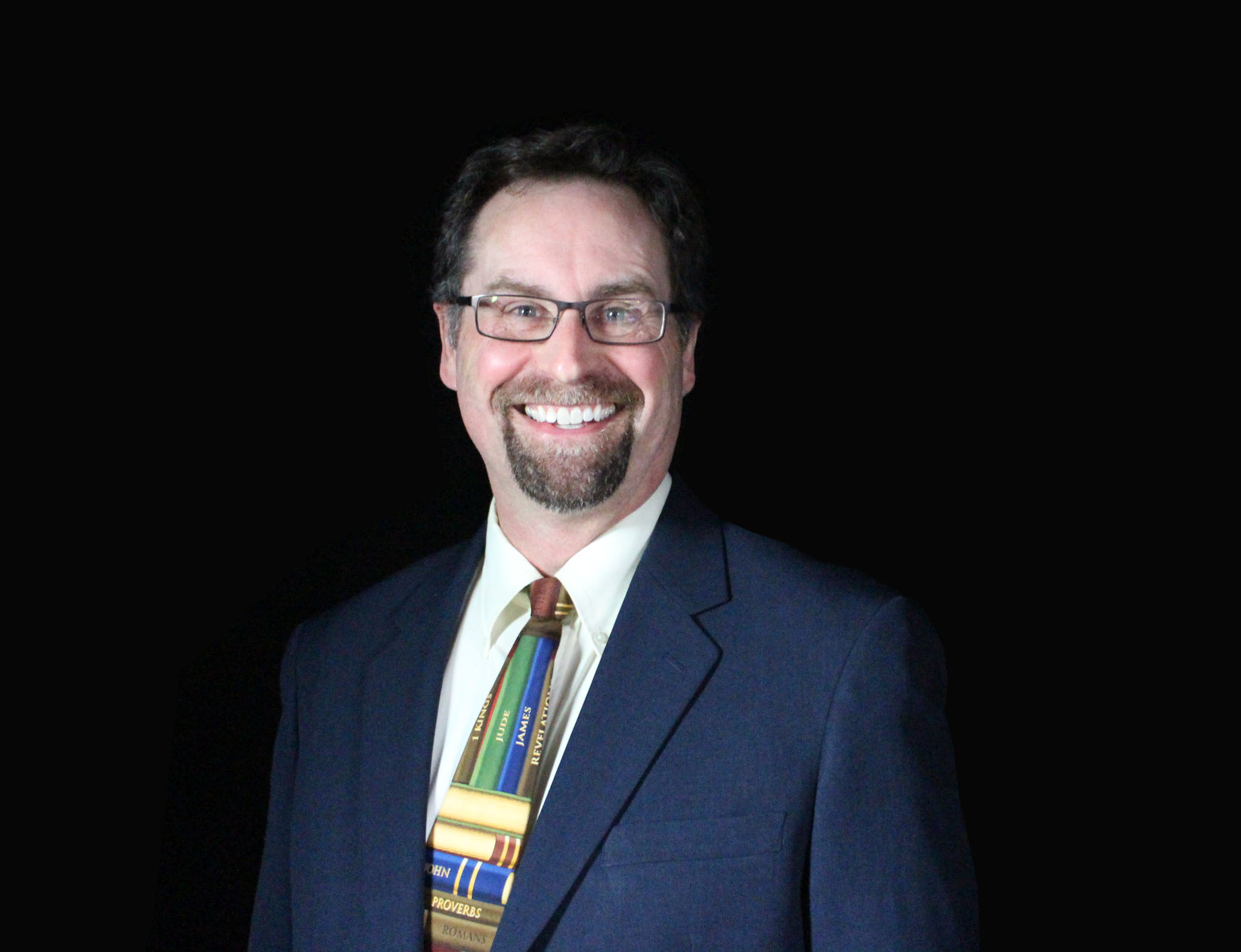By the fourth quarter of the 19th century, the Spiritualist movement was joined on the
spiritual scene by the new Theosophist movement, a blend of Eastern and Western mystical
traditions that found fertile ground among urban elites. Following the lead of their founder,
Helena Petrovna Blavatsky, Theosophists saw Spiritualism as unsophisticated and provincial. For
their part, “Spiritualists rejected Theosophy as unscientific occultism.” 1
Blavatsky is an enigmatic character, partly because it’s difficult to confirm a lot of
what she said and wrote about herself. According to official histories, she was the daughter of a
Russian-German nobleman who traveled widely across Europe and Asia in the 1850s and 1860s.
By cobbling together traditions cribbed from Eastern sources, Blavatsky was guided by her
“ascended masters” to lay the foundation for the modern UFO phenomenon and ET disclosure
movement.
Entire books have been devoted to the life and claims of Madame Blavatsky, and we
don’t have time or space here to dig deeply into the material. Briefly, Blavatsky acknowledged
the existence of Spiritualist phenomena, but denied that mediums were contacting spirits of the
dead. She taught instead that God is a “Universal Divine Principle, the root of All, from which
all proceeds, and within which all shall be absorbed at the end of the great cycle of Being.” 2
That’s a very Eastern worldview. Madame Blavatsky wove Hindu and Buddhist concepts into
her philosophy, and it’s claimed that she and Henry Steel Olcott, with whom she founded the
Theosophical Society in New York City in 1875, were the first Western converts to Buddhism.
The success of Theosophy in the U.S. and U.K. did much to spread Eastern mysticism in the
West. The New Age movement owes a huge debt to Helena Blavatsky.
Through her most famous books, Isis Unveiled, published in 1877, and her magnum
opus, The Secret Doctrine, published in 1888, Blavatsky attracted international attention to her
society and its goal of uniting the world in brotherhood by blending the philosophies of East and
West through the study of comparative religion, philosophy, and science. 3
In The Secret Doctrine, which Blavatsky claimed was channeled from a prehistoric
work called The Book of Dzyan (which critics accused her of plagiarizing without credit from a
number of sources, including the Sanskrit Rigveda), she wrote that “Lemuria was the homeland
of humanity, the place of the first creation. Further, there were to be seven Root Races ruling the
Earth in succession, of which humanity today was only the fifth. The fourth of these races were
the Atlanteans, who were destroyed by black magic. Lemuria would rise and fall to spawn new
races until the Seventh Root Race, perfect in every way, would take its rightful place as master of
the world.” 4
Who, you ask, were the Atlanteans, and what is Lemuria? In the 19th century, this odd
marriage of Spiritualism and Modernism gave rise to competing claims that the human race was
either evolving or devolving. Spiritualists more or less accepted Darwinian evolution because it
supported their belief in the continued development of the spirit after death. Blavatsky and her
followers, on the other hand, believed that humanity had left behind a golden age that collapsed
when Atlantis fell beneath the waves, similar to the belief of ancient Greeks in a long-ago golden
age when Kronos ruled in heaven.
Lemuria, like Atlantis, was another lost continent believed to be submerged
somewhere in the Pacific or Indian Oceans. It got its name in 1864 when zoologist Philip Sclater
noticed that certain primate fossils existed in Madagascar and India, but not in Africa or the
Middle East. To solve the puzzle, Sclater theorized that a lost continent that once connected
Madagascar and India accounted for the similar lemur fossils—hence Lemuria.
No kidding.
While belief in the existence of Lemuria was abandoned by mainstream scientists
when plate tectonics and continental drift caught on, the lost continent was kept alive by the
imagination and teachings of pseudo-scientists and spiritual deceivers like Helena Blavatsky.
Mysterious symbols, tragic history, and memories of a glorious, golden past
transmitted to Blavatsky by disembodied Masters via “astral clairvoyance” apparently stirred
something in the hearts of those who read The Secret Doctrine. Through the force of her
powerful will, Madame Helena Blavatsky convinced thousands that the history they’d been
taught was a lie, and that humanity’s future was to return to the golden age that was lost when
Atlantis slipped beneath the waves.
To put it simply, Blavatsky’s occult system Theosophy is a religious faith with human
evolution as an integral part of cosmic evolution. The ultimate goal was perfection and conscious
participation in the evolutionary process. This process was overseen by the Masters of the
Ancient Wisdom, a hierarchy of spiritual beings who’d been guiding humanity’s development
for millennia.
From a Christian perspective, it’s easy to recognize the deception embodied by the
doctrines of Theosophy. While Blavatsky’s critics believed she invented her faith out of whole
cloth, a discerning follower of Jesus Christ sees through the lies. Humanity is not the product of
random evolutionary chance; the “golden age” was the pre-Flood era during which the “mighty
men who were of old” spread their terror throughout the earth; and there is no spiritual discipline
that will enable us to become one with God and the cosmos.
The appeal of the old lie, “Ye shall be as gods,” is why the Infernal Council keeps
rolling it out. It deceived Adam and Eve, the kings of the Amorites, and even Manasseh and
Amon, the son and grandson of King Hezekiah of Judah, who, like the pagan Amorites, aspired
to join the “assembly of the Rephaim” 5 or the “council of the Ditanu” (i.e., the Titans) 6 after
death.
And now these messages from beyond the grave have been rebranded as
communications from beyond the stars—thanks to the wickedest man in the world and an atheist
author of horror fiction.
Howard Phillips Lovecraft (1890-1937) is one of the giants of 20th century literature,
although he wasn’t recognized as such until after his death. And because he wrote horror fiction,
he wasn’t the kind of writer who got invited to fancy society parties. Lovecraft and his friends,
most of whom he knew through volumes of letters that some believe were more influential than
his published work, wrote to entertain, usually by crafting terrifying tales and conjuring
monstrous images of overpowering, inhuman evil.
H. P. Lovecraft was a sickly child who missed so much school in his youth that he was
basically self-educated. He never completed high school, giving up on his dream of becoming an
astronomer, because of what he later called a “nervous breakdown.” It’s possible that whatever
intellectual gift Lovecraft was given came at the expense of social skills. It’s also possible that he
was tormented by the same demons—psychological or spiritual—that drove both of his parents
to spend the last years of their lives in an asylum. Lovecraft lived as isolated an existence as he
could manage most of his life, and he admitted “most people only make me nervous—that only
by accident, and in extremely small quantities, would I ever be likely to come across people who
wouldn’t.” 7
As a child, Lovecraft was tormented by night terrors. From the age of six, young
Howard was visited by what he called night-gaunts—faceless humanoids with black, rubbery
skin, bat-like wings, and barbed tails, who carried off their victims to Dreamland. The nocturnal
visitors were so terrifying that Howard remembered trying desperately to stay awake every night
during this period of his life. These dreams, which haunted him for more than a year, apparently
had a powerful influence on his fiction.
From a Christian perspective, it’s a shame that Lovecraft’s mother, who raised Howard
from age three with his aunts after his father was committed to a psychiatric hospital, failed to
recognize the phenomenon for what it was—demonic oppression of her only child. But by the
late 19th century, the Western world didn’t have room in its scientific worldview for such things.
In fact, despite his personal experience with what many would call the spirit realm, Lovecraft
claimed to be an atheist throughout his life.
In spite of his disbelief, the fiction of H. P. Lovecraft has been adapted and adopted by
occultists around the world. The man who died a pauper not only found an audience over the last
eighty years, Lovecraft has inspired an army of authors who have preserved and expanded the
nightmarish universe that sprang from his tortured dreams.
Although Lovecraft claimed he didn’t believe in the supernatural, he was more than
happy to use the spirit realm as grist for his writing mill. Lovecraft apparently saw potential in
the doctrines of 19th century occultist Helena Petrovna Blavatsky for stories that would sell. And
they did, but mostly after his death. During his lifetime, Lovecraft was barely known outside the
readership of pulp magazines.
While Lovecraft may have rejected the idea of lost continents like Atlantis or Lemuria
as the forgotten motherland of humanity, a popular pseudo-scientific theory in the late 19th
century, the concept served him well as an author. The notion that certain humans gifted (or
cursed) with the ability to see beyond the veil were communicating with evil intelligences vastly
greater than our own also made for compelling horror. Lovecraft viewed the universe as a cold,
unfeeling place, so in his fiction those entities, unlike the kindly “ascended masters” of
Blavatsky’s Theosophical teachings, had no use for humanity—except as slaves or sacrifices.
The horror of discovering that one is at the mercy of immense, ancient beings
incapable of mercy is a common theme in Lovecraft’s tales, and he gave those ideas flesh and
bone with carefully crafted prose that infused them with a sense of dread not often distilled onto
the printed page.
And next time we’ll show you how Lovecraft’s fiction, inspired by the occult teachings
of Madame Blavatsky and another influential occultist, Aleister Crowley, was repackaged by a
Swiss hotel manager in 1969 into what’s become received wisdom for the teachers of the gospel
of “ancient aliens.”
1 David J. Hess, Science in the New Age: the paranormal, its defenders and debunkers,
and American culture (Madison, WI: University of Wisconsin Press, 1993), p. 20.
2 Helena P. Blavatsky, The Key to Theosophy (London: Theosophical Publishing Society,
1889), p. 43.
3 Alvin Boyd Kuhn, Theosophy: A Modern Revival of Ancient Wisdom. (PhD thesis).
American religion series: Studies in religion and culture (Whitefish, MT: Kessinger
Publishing, 1992 [originally published 1930]), pp. 63-64.
4 Jason Colavito, The Cult of Alien Gods: H.P. Lovecraft And Extraterrestrial Pop Culture
(New York: Prometheus Books, 2005), p. 44.
5 Mentioned in Proverbs 21:16, though usually translated into English as “assembly of the dead.”
6 See Derek’s book Last Clash of the Titans for a detailed explanation of the archaeological evidence
connecting the ancient Amorite tribe called the Ditanu or Tidanu and the elder Greek gods, the Titans.
7 Howard Phillips Lovecraft (David E. Schultz & S. T. Joshi, eds.), Lord of a Visible
World: An Autobiography in Letters (Athens: Ohio University Press, 2000), p. 187.

Derek Gilbert Bio
Derek P. Gilbert hosts SkyWatchTV, a Christian television program that airs on several national networks, the long-running interview podcast A View from the Bunker, and co-hosts SciFriday, a weekly television program that analyzes science news with his wife, author Sharon K. Gilbert.
Before joining SkyWatchTV in 2015, his secular broadcasting career spanned more than 25 years with stops at radio stations in Philadelphia, Saint Louis, Little Rock, and suburban Chicago.
Derek is a Christian, a husband and a father. He’s been a regular speaker at Bible prophecy conferences in recent years. Derek’s most recent book is The Great Inception: Satan’s PSYOPs from Eden to Armageddon. He has also published the novels The God Conspiracy and Iron Dragons, and he’s a contributing author to the nonfiction anthologies God’s Ghostbusters, Blood on the Altar, I Predict: What 12 Global Experts Believe You Will See by 2025, and When Once We Were a Nation.





Leave a Reply
Want to join the discussion?Feel free to contribute!